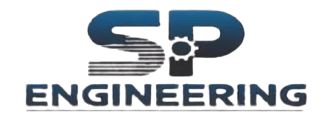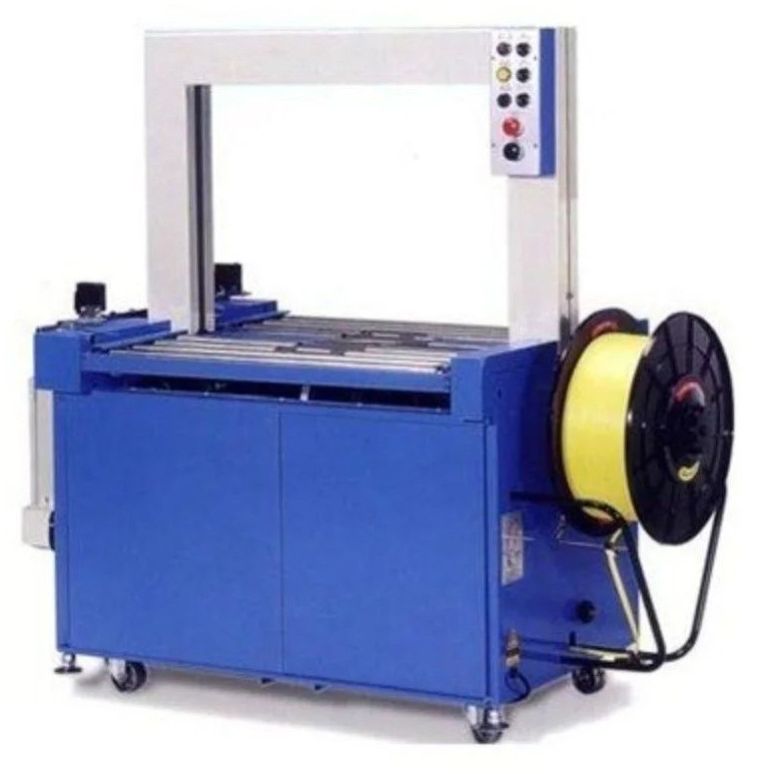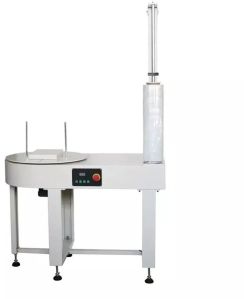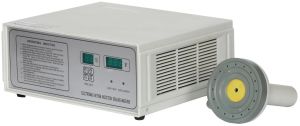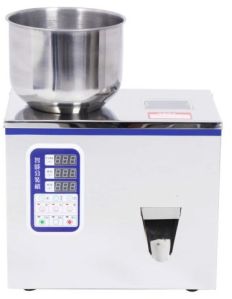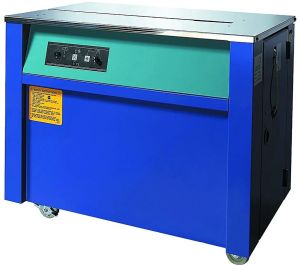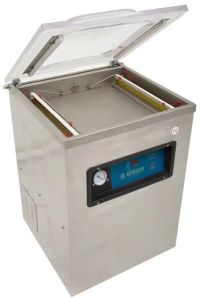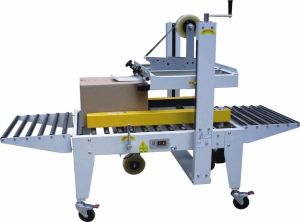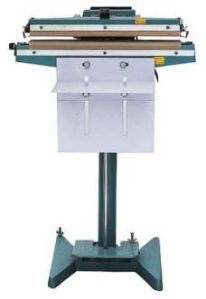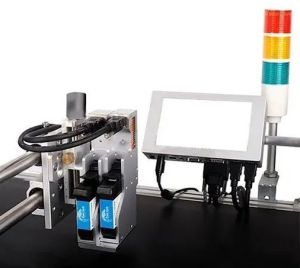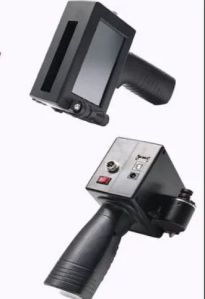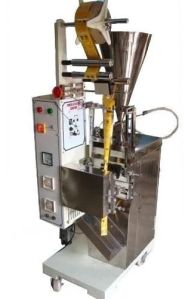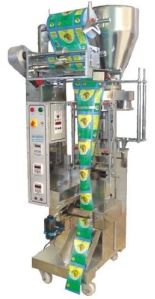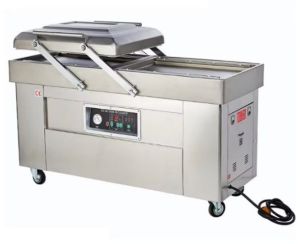spengineering123@yahoo.co.in - GST NO. : 27AHEPP9007B1ZJ
- Send Email
1.58 Lac - 1.65 Lac / piece
| Business Type | Manufacturer, Exporter, Supplier |
| Warrenty | 2 Years |
| Country of Origin | India |
| Weight | 1000-2000kg |
| Click to view more | |
Product Details
Application
Industrial Use
Automatic Grade
Automatic
Driven Type
Electric
Material
Stainless Steel
Supply Voltage
230V AC 50HZ
Arch Size
850W X 600H MM
Working Speed
2.4 SEC/ STRAP
Strap Width
9/12/15 MM, ID200 DIA
Strap Tension
0 TO 70 KG
Max Conveyor Loading
MAX 30 KG
Machine Weight
110KG
Machine Size (L*B*H)
1440X640X1517 MM
An Automatic Strapping Machine is a packaging device used to secure packages, boxes, or pallets with a plastic (PP/PET) strap for shipping and storage. It automates the process of tensioning, sealing (usually by heat or friction welding), and cutting the strap around the package.
Key Features:
- Fully automatic operation: Detects the package and straps without manual intervention.
- High-speed strapping: Ideal for high-volume packaging lines.
- Consistent tensioning and sealing: Ensures uniform and secure packaging.
- User-friendly controls: Often with touchscreens or programmable logic controllers (PLC).
- Low maintenance: Many come with self-lubricating or jam-reducing designs
Applications:
- Logistics & Warehousing
- Carton packaging
- Food & Beverage industry
- Textile industry
- E-commerce & parcel delivery
- Printing & publishing
Types of Strapping Used:
- PP (Polypropylene) – For lighter packages.
- PET (Polyester) – For heavier or palletized loads.
Benefits:
- Increases packaging speed & efficiency
- Reduces labor costs
- Improves package security
- Reduces material waste compared to manual strapping
Common Models:
- Arch-type automatic machines – With a fixed frame for cartons.
- Inline strapping machines – Used in conveyor-based systems.
- Pallet strapping machines – For large, heavy loads.
Looking for "Automatic Strapping Machine" ?
piece
